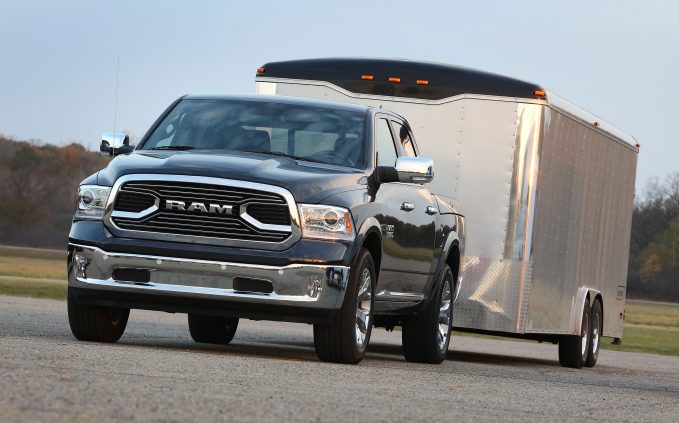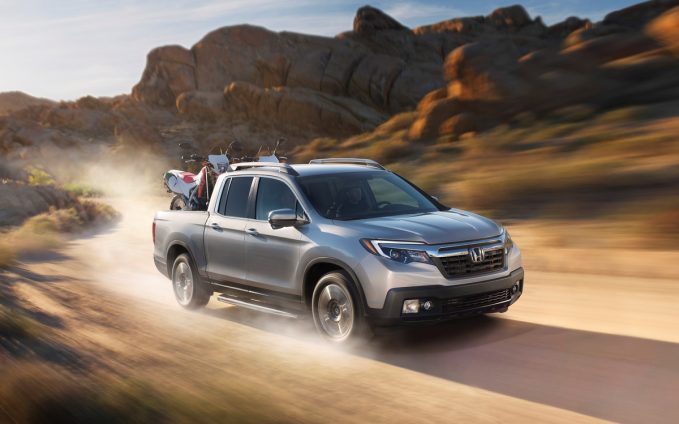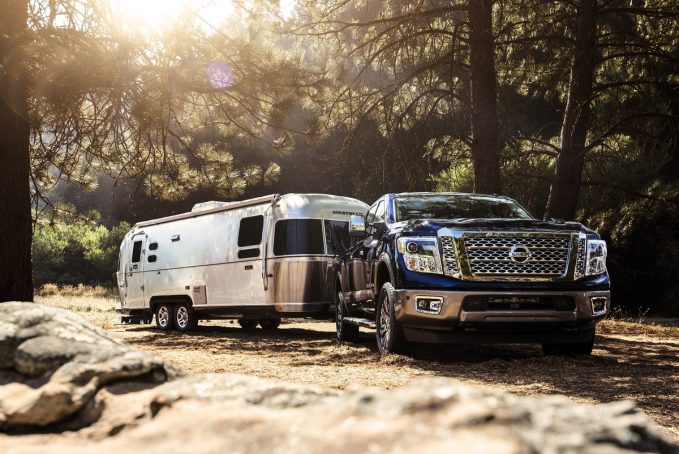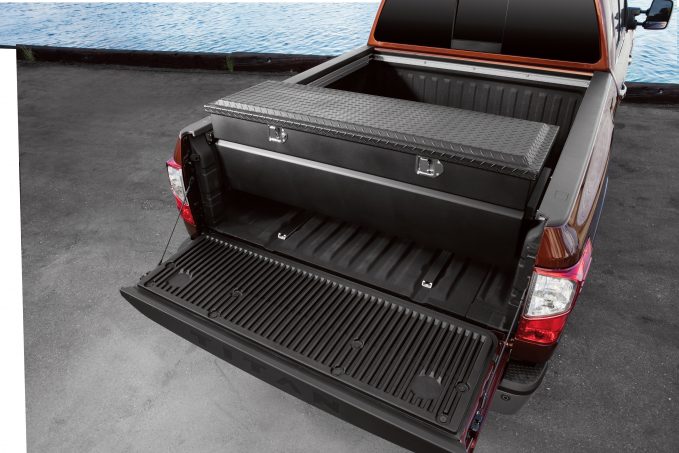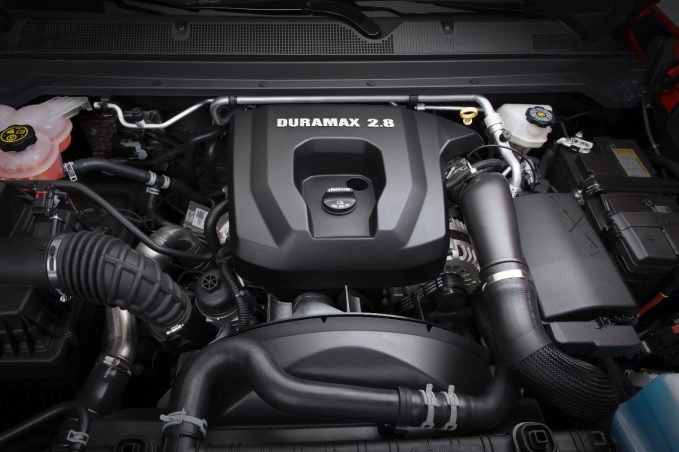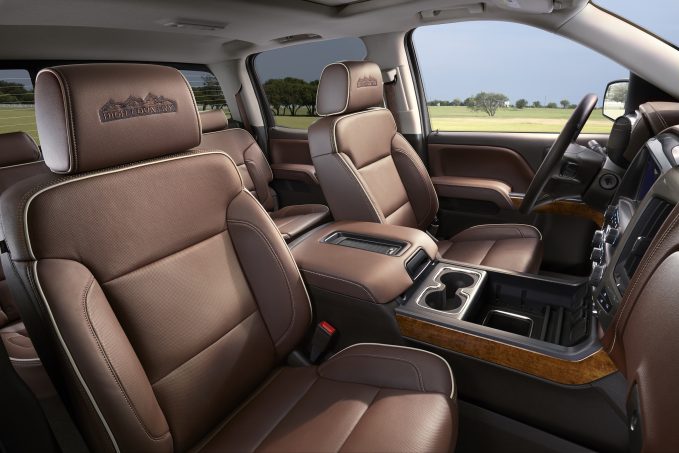A pickup truck can get you to and from work every day, but first and foremost, a pickup is a tool.
Unlike your everyday commuter, there are many variables beyond basic transportation that need to be considered when looking at purchasing a new truck.
Know Your Job
The most important factor to consider is exactly what kind of jobs you need to accomplish with your truck. Planning to regularly pull a 15,000-pound trailer versus hauling landscaping stones in the bed every day both certainly require a truck, but with an entirely different set of attributes.
Different types of work will affect all sorts of purchasing considerations such as tow rating, rear-end axle ratio, tow-specific features such as an integrated trailer brake controller, gross vehicle weight rating (GVWR), bed length, engine size and gross combined vehicle weight (GCVWR).
The type of job will also steer the decision to go with a midsize, half-ton or heavy duty pickup, while two- or four-wheel drive may be necessary based on where the truck will be doing its work.
Price It Out
As with any vehicle shopping trip, selecting a budget is the first step in preparing to make a new purchase, and if you have only bought cars your whole life, prepare for some sticker shock. New trucks are expensive. The average transaction price for a full-size pickup was $47,004 in September 2016, compared to $34,766 for a full-size car and $36,788 for a midsize SUV or crossover.
Consider Your Weights
Knowing how much weight you plan to put on your truck is important to protect the truck’s longevity and also for safety. The truck’s GVWR, that is the total amount the truck can carry — the combined weight of the truck itself and the load it’s carrying — can often be overlooked, but it is one of the most important aspects to consider. When towing, tongue weight, which is generally 10 to 15 percent of the trailer’s gross weight, also needs to be factored in. That means a 10,000 pound trailer will put an extra 1,000 pounds on the vehicle’s suspension, which needs to be added together with the weight of occupants and cargo to get a true gross vehicle weight. Needless to say, that weight must be less than the GVWR.
The GCVWR is the combined rating of the truck and trailer, though once again, all cargo inside the trailer needs to be accounted for.
You never want to be pushing your limits, so look for capability ratings that are at least a few thousand pounds more than what you want to pull. This will also leave some space in case you ever need to pull something heavier in a pinch.
Pick a Rear End
The rear-end axle ratio plays a big part in how the truck puts power to the ground, with the main trade-off coming between power and fuel economy. A numerically higher axle ratio will result in lower fuel economy and a higher tow rating and vice versa. This decision will once again entirely depend on the weight of what you need to tow or haul. If you don’t plan on towing, a numerically lower ratio will return a fuel economy benefit.
Pick a Bed
All modern-day pickups offer an array of bed lengths and options that need to match up with your expected work. For example, an eight-foot bed, the longest offered, can be handy if you have sheets of drywall to haul around with you, but choosing this big bed will limit your cab space. The longest bed available with today’s crew cab models tends to be six-and-a-half feet, which offers the best mix of capability for both cargo and people hauling. Plus, with the tailgate down, you get a full eight feet, which can help when hauling ATVs or snowmobiles.
You must also consider in-bed options such as different tie-down setups, in-bed lighting, cargo boxes, bed liners and even steps to get into the bed.
Grab an Engine
The motivation from under the hood will affect everything about your truck including fuel economy, price, tow rating and power output. If carrying a set of mountain bikes to the trail is your prime motive, power won’t be an issue, allowing you to opt for a cheaper, more efficient engine. But if towing something massive is the truck’s main gig, then opting for a large V8 or even a diesel will pay off.
Interior Decisions
There is also the interior the truck to consider. In today’s market, you can go from cloth seats and plastic floors right up to heated, massaging leather seats with contrast stitching and gorgeous carpets. This mostly comes down to personal taste, though don’t forget that cloth can be harder to clean mud and dirt out of than leather, while rubber floor mats will always be much easier to clean.
The list of considerations for a truck is long, but luckily, every manufacturer offers a wide array of options, so you will surely be able to find the combination that works for you.







